 W
WJoaquín Agrasot y Juan was a Spanish painter of the Realistic style who produced many works in the Costumbrismo genre.
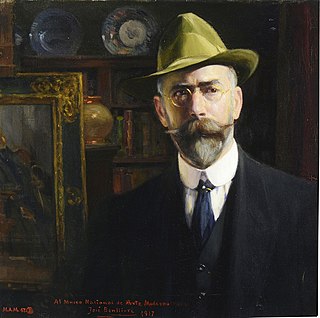 W
WJosé Benlliure y Gil, was a Spanish painter.
 W
WAntonio Bisquert was a Spanish painter of the Baroque period.
 W
WFriar Nicolás Borrás (1530–1610) was a Spanish Renaissance Catholic monk and painter, active in Valencia.
 W
WJosé Camarón Bonanat, or Bononat was a Spanish draftsman, painter and engraver. Most early sources give his maternal family name as Boronat.
 W
WAntonio Cortina Farinós was a Spanish painter, decorator and art teacher.
 W
WFrancisco José Domingo y Marqués was a Spanish painter in the Eclectic style.
 W
WJerónimo Jacinto de Espinosa (1600-1667) was a Spanish Baroque painter. His father was the well known painter, Jerónimo Rodriguez de Espinosa, who had relocated to that area and gotten married there in 1596. He was the third child, of six. His family returned to Valencia in 1612.
 W
WAgustín Esteve y Marqués was a Spanish painter, mainly active in the Royal household in Madrid.
 W
WBernardo Ferrándiz Bádenes was a Spanish costumbrista painter. He is considered to be one of the founders of the "Escuela Malagueña".
 W
WAntonio Gisbert Pérez was a Spanish artist situated on the cusp between the realist and romantic movements in art. He was known for painting pictures of important events in a country's history in a realistic style, yet clearly with a political aim as well; his variance in styles puts him in the Spanish eclectic school of painters. He generally tried to promote liberal causes in his politics and paintings.
 W
WGonzalo Pérez, or Gonçal Peris Sarrià, was a Valencian painter of the first half of the 15th century. His life is scarcely documented. He executed altarpieces and devotional paintings in his hometown, Valencia, in the late Gothic style from 1380 and 1451. Also, he worked for altarpiece in Cuenca, Murcia, Ródenas, Burgo de Osma or Puertomingalvo.
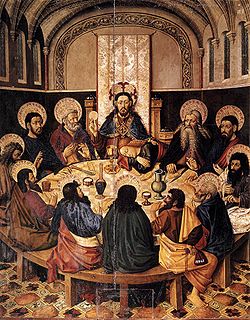 W
WJaime Baço, also spelled Jaume Baco or Jacomart was a Spanish painter from Valencia.
 W
WAna Juan is a Spanish artist, illustrator and painter.
 W
WCristobal Lloréns was a Spanish painter, active during the late-Renaissance period. He lived in Valencia about 1597. He painted a history of St. Mary Magdalene and St. Sebastian for the conventual church of San Miguel de his Reyes.
 W
WVicente López Portaña, OIC was a Spanish painter, considered one of the best portrait painters of his time.
 W
WEsteban March was a Spanish Baroque painter. Most of what is known about his life comes from writings by Antonio Palomino, who lived slightly later.
 W
WVicente March y Marco was a Spanish costumbrista painter; known primarily for portraits and landscapes. He was also an amateur photographer. Most sources indicate that he died sometime in 1914.
 W
WSalvador Martínez Cubells was a Spanish painter and art restorer, who specialized in history painting and Costumbrismo.
 W
WCrisóstomo Martinez (1638–1694) was a Valencian painter and engraver known for his atlas of anatomy. His work has been ascribed to the Spanish intellectual movement called "Novator" which refers to the timid beginnings of a scientific revolution in the Kingdom of Spain in the late seventeenth century. The most innovative aspect of his work was an interest in embryology and microscopy, which he applied to the study of "fresh" osteology.
 W
WVicente Juan Masip was a Spanish painter of the Renaissance period. He is commonly considered the foremost member of the Valencian school of painters.
 W
WVicente Masip was a Spanish painter of the Renaissance period. His son was Juan Vicente Masip, and his grandson was named Vicente Masip Comes, also known as Vicent de Joanes.
 W
WJaume Mateu (1382–1452) was a Valencian painter of the Gothic style. The nephew and collaborator of Pere Nicolau, he is known to have worked in Valencia from 1402 to 1453.
 W
WFrancesc Miralles i Galaup was a Catalan painter, best known for his realistic scenes of bourgeois life and high society.
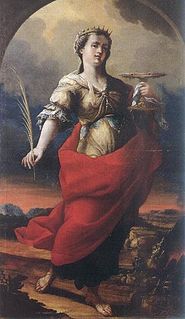 W
WEvaristo Muñoz Estarlich was a Spanish Baroque painter; a follower of the decorative style introduced to Valencia by Antonio Palomino. Some sources give his year of birth as 1671.
 W
WJosé Navarro y Llorens (1867–1923) was a Spanish painter, active in Valencia noted for his Orientalist paintings, still lifes and local landscapes.
 W
WJosé Requena Nozal is a self-taught artist-painter who uses different techniques. His works are scattered both Spain, Europe and the United States. He has held various exhibitions open both to the public and also to specialised art critics.
 W
WFrancisco de Osona, also Francisco de Osona the Younger, (c.1465–c.1514) was a Spanish Renaissance painter.
 W
WRodrigo de Osona, also Rodrigo de Osona the Elder, (c.1440–c.1518) was a Spanish Renaissance painter.
 W
WIgnacio Pinazo Camarlench was a Valencian painter, and one of the most prominent artists of València from the end of the nineteenth century, working in the Impressionist style.
 W
WAlberto Pla y Rubio (1867–1937) was a Spanish painter interested in social issues. He was a professor of the Academy of Fine Arts in Valencia, the Academy of Fine Arts in Cadiz and the La Lonja school in Barcelona.
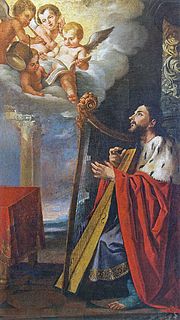 W
WPablo Pontons was a Spanish Baroque painter, believed to have been a student of Pedro de Orrente, whose style he promoted.
 W
WAntonio Ponz was a Spanish painter.
 W
WFrancesco Ribalta , also known as Francisco Ribaltá or de Ribalta, was a Spanish painter of the Baroque period, mostly of religious subjects.
 W
WJuan Ribalta was a Spanish painter of the Baroque period. He was born and died in Valencia. His father, Francisco Ribalta, was a famous painter, active in the style of Caravaggio. Some sources said he was born in Madrid and later moved to Valencia. His mother Inés Pelayo died in 1601. Juan's works and style are similar to that of his father. He later painted Saint Sebastian at the Valencia Cathedral in 1616, later the small Adoration of the Shepherds and St. Peter, he also painted portraits including the poet Gaspar de Aguilar.
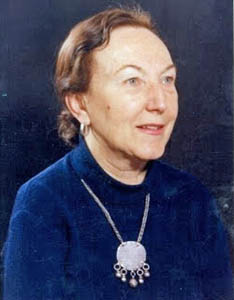 W
WMatilde Salvador Segarra was a Spanish composer and painter.
 W
WMariano Salvador Maella Pérez was a Spanish painter known primarily for his portraits and religious frescoes.
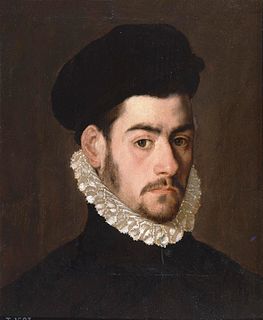 W
WAlonso Sánchez Coello was an Iberian portrait painter of the Spanish and Portuguese Renaissance. He is mainly known for his portrait paintings executed in a style, which combines the objectivity of the Flemish tradition with the sensuality of Venetian painting. He was court painter to Philip II.
 W
WMariano Ramón Sánchez (1740–1822) was a Spanish painter.
 W
WEnrique Simonet Lombardo was a Spanish painter.
 W
WRigoberto Soler Pérez (1896–1968) was a Spanish post-Impressionist painter.
 W
WJoaquín Sorolla y Bastida was a Spanish painter. Sorolla excelled in the painting of portraits, landscapes and monumental works of social and historical themes. His most typical works are characterized by a dexterous representation of the people and landscape under the bright sunlight of Spain and sunlit water.
 W
WCristóbal Valero was a Spanish painter and presbyter.
 W
WTomás de Yepes or Hiepes was a Spanish painter in the Kingdom of Valencia. An artist of the Baroque movement, he worked as a painter of bodegón and still life. He made paintings for clients and public events; although he is noted to be active since the second decade of the 17th century, earliest works attributed to him come from 1642. He continued to paint until the year of his death.
 W
WJosé Antonio Zapata y Nadal, or y Dadad was a Spanish painter, active in Valencia.